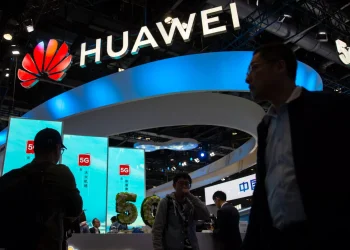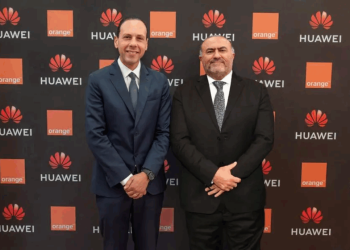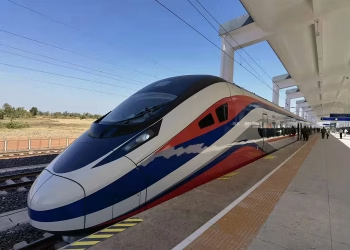The Huawei Shenzhen chip plant is trending as Huawei operates its own semiconductor facility in Shenzhen, producing 7-nanometer chips like the Ascend 910D to reduce reliance on foreign tech amid U.S. sanctions. For instance, satellite images confirmed the plant’s expansion since 2022, per Financial Times. X posts highlight China’s tech ambitions, per @constantine_rm, amid Huawei’s AI chip tests. Consequently, Huawei is reshaping the chip industry. Thus, this article explores Huawei Shenzhen chip plant, its advancements, impacts, and why it’s driving clicks. Internal link: Semiconductor Trends
The Shenzhen Chip Plant
Production Capabilities
The Huawei Shenzhen plant delivers advanced chips. Specifically, it produces Kirin 9000S and Ascend 910C chips for smartphones and AI, per heise.de. Moreover, the Ascend 910D aims to rival NVIDIA’s H100, per Yahoo Finance. As a result, tech independence grows.
Government Support
Furthermore, state backing fuels success. For example, China provided $28 billion in subsidies, per Financial Times. Additionally, the plant collaborates with SMIC, per Reuters. Therefore, infrastructure is robust.
Impacts on Huawei and Industry
Huawei’s Market Edge
The Huawei Shenzhen chip plant strengthens Huawei’s position. For instance, it could supply 800,000 Ascend chips in 2025, per Reuters. Moreover, X posts note its challenge to NVIDIA, per @amitisinvesting. Thus, competitiveness rises.
Global Chip Dynamics
Moreover, it shifts supply chains. Specifically, China’s chip output could cut U.S. reliance by 10%, per Bloomberg. Additionally, Microsoft’s AI agents show AI hardware demand, per X posts. As a result, markets evolve.
Challenges Facing the Plant
U.S. Restrictions
However, Huawei Shenzhen chip plant faces sanctions. For example, U.S. bans on Ascend chips limit global sales, per CNN. Moreover, X posts cite NVIDIA’s export concerns, per @DeItaone. Therefore, expansion is constrained.
Technical Gaps
Another challenge is software maturity. Specifically, Huawei’s CANN platform lags behind NVIDIA’s CUDA, per Yahoo Finance. Furthermore, AIC’s tech programs highlight skill needs, per X posts. Consequently, optimization is a hurdle.
The Future of Huawei’s Chips
Production Scale
Looking ahead, Huawei Shenzhen chip plant will grow. For instance, Ascend 920 mass production is set for late 2025, per Yahoo Finance. Additionally, Computex 2025’s chip trends inspire progress, per X posts. Thus, capacity expands.
Industry Influence
Furthermore, Huawei will shape chip markets. For example, its model could inspire other Chinese firms, per Reuters. Moreover, Canada’s renewable energy supports tech infrastructure, per X posts. As a result, leadership rises.
Conclusion
In summary, Huawei Shenzhen chip plant advances chip self-reliance, captivating audiences with its tech stakes. Despite sanctions and software challenges, its scale ensures impact.
Other News:








